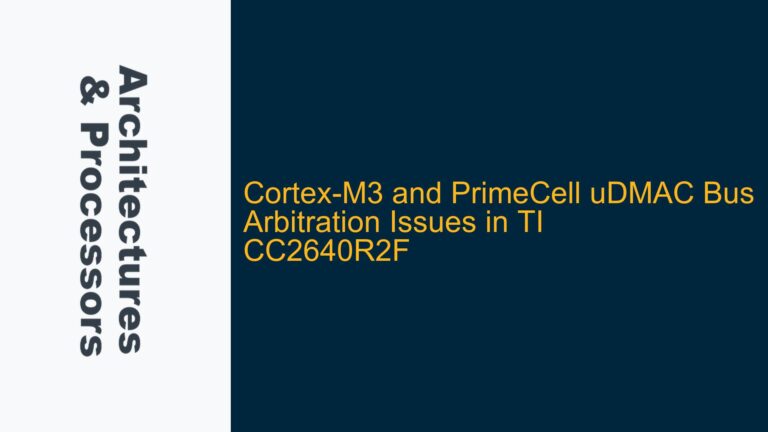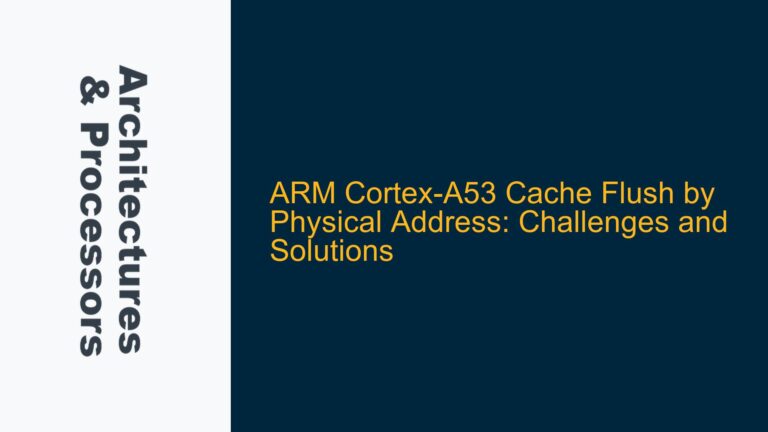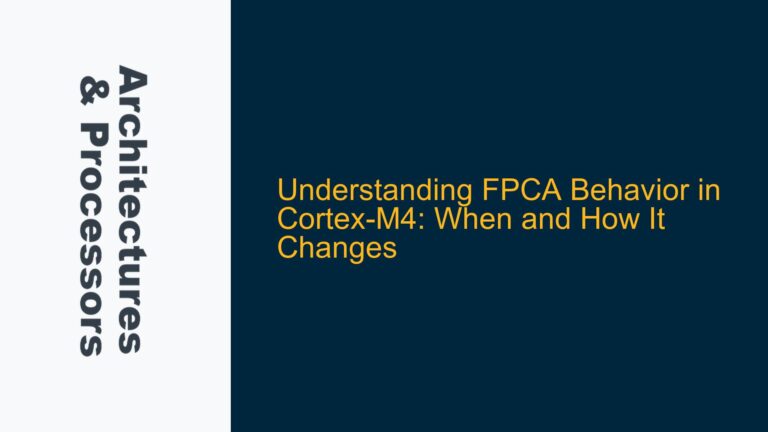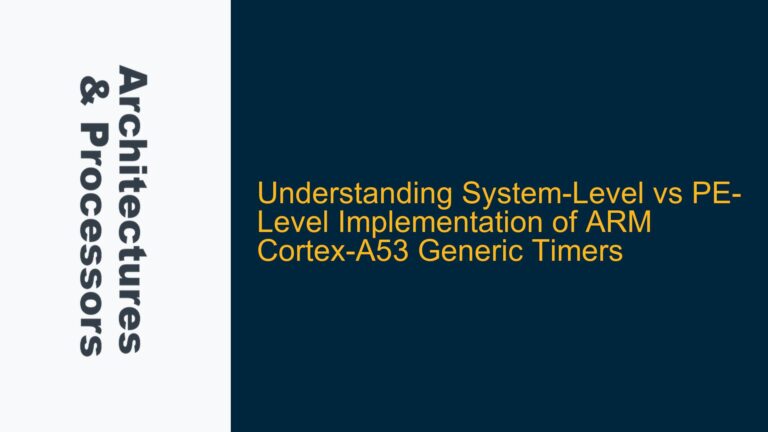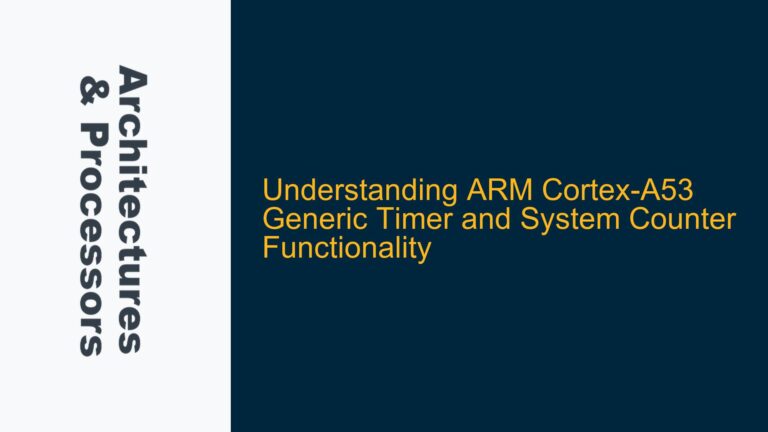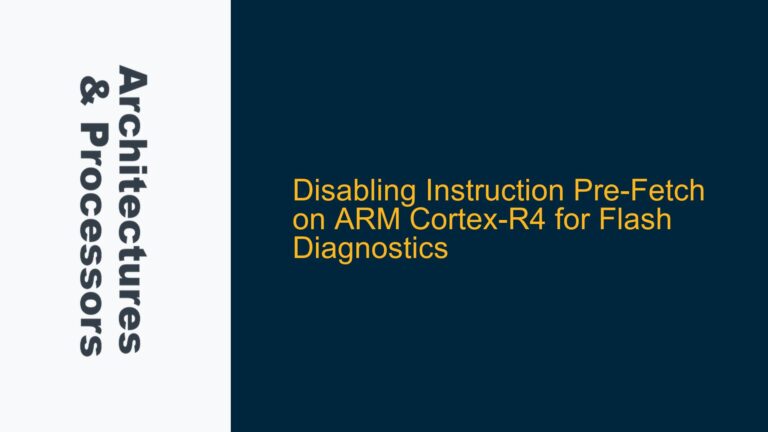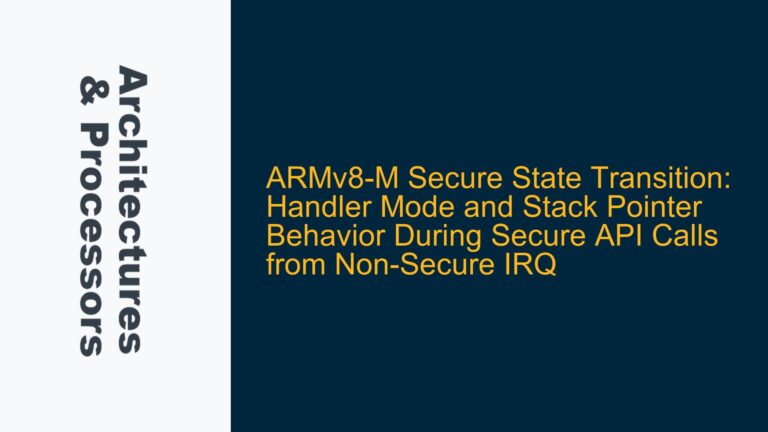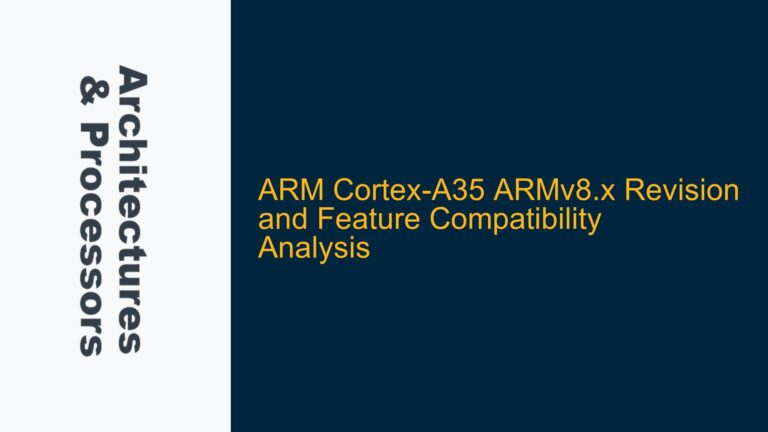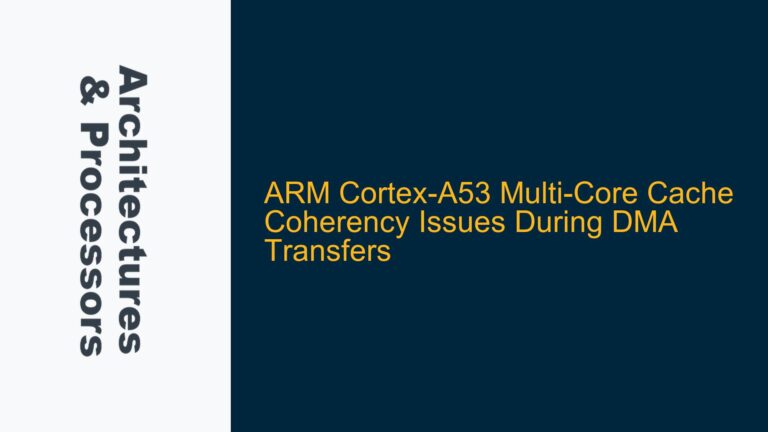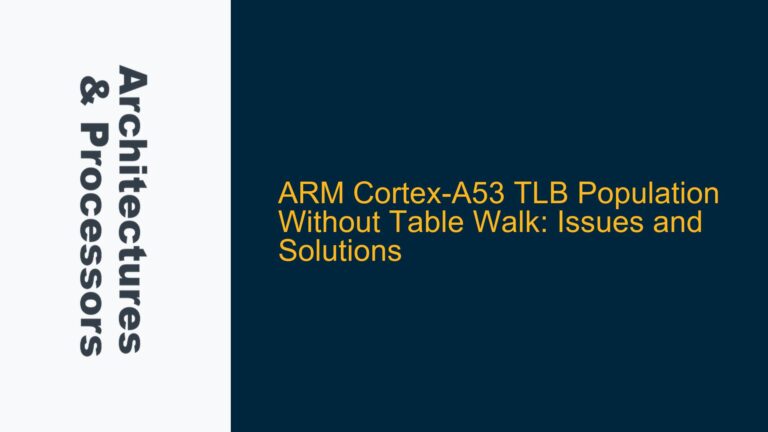Cortex-M3 and PrimeCell uDMAC Bus Arbitration Issues in TI CC2640R2F
Cortex-M3 and PrimeCell uDMAC Bus Arbitration in TI CC2640R2F The integration of the ARM Cortex-M3 microcontroller and the PrimeCell uDMAC (Micro Direct Memory Access Controller) in the Texas Instruments CC2640R2F Bluetooth controller presents a complex scenario where bus arbitration between the two masters can lead to performance bottlenecks. The Cortex-M3 and the uDMAC both operate…
